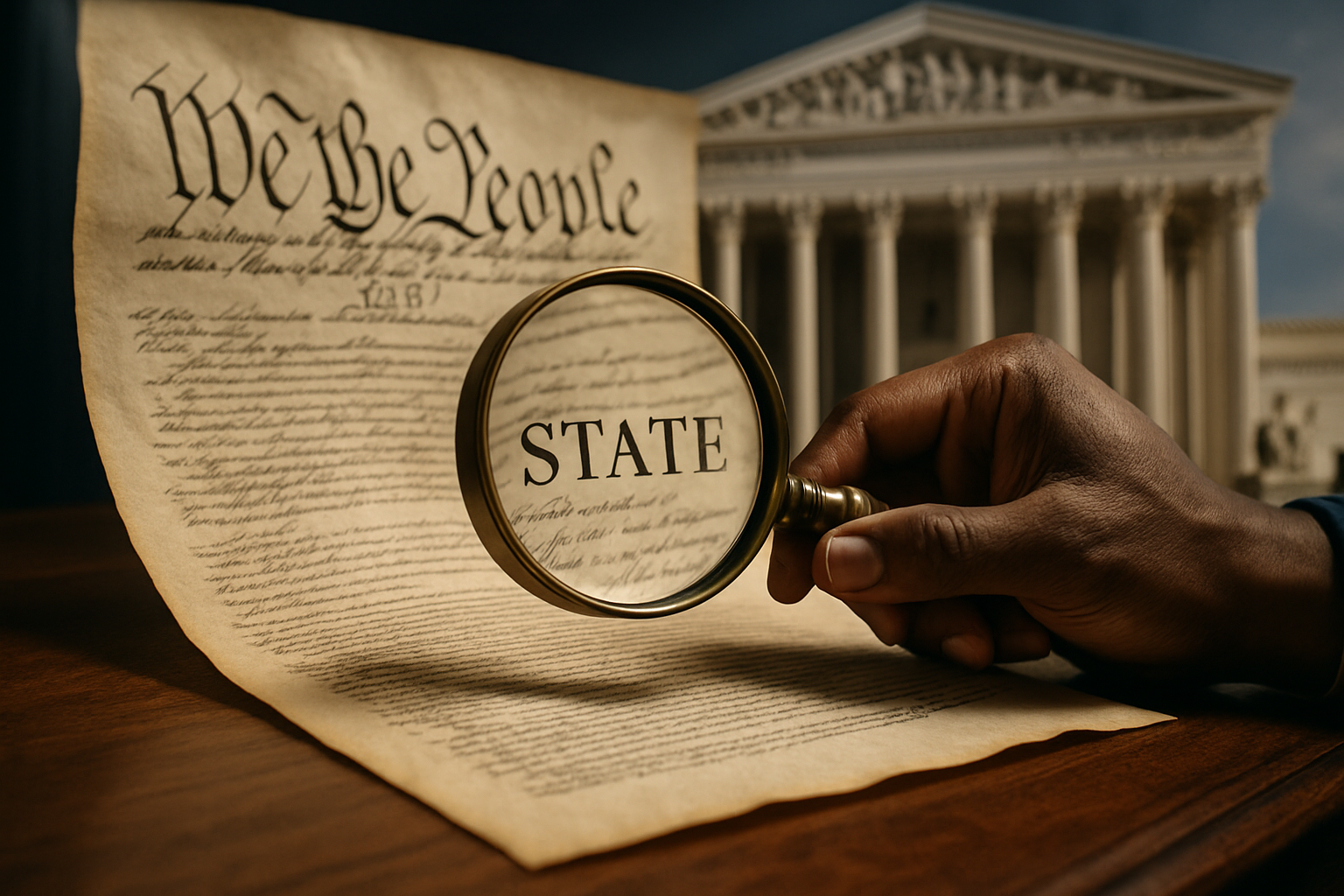A Closer Look at the Impact of Federalism on State Powers
Introduction: Federalism has been a cornerstone of the US political system since the drafting of the Constitution. Its evolution and the shifting balance of power between state and federal governments continue to be areas of interest and importance. This article delves into the historical background, recent developments, and societal implications of this critical aspect of American governance.

A Historical Overview of Federalism
Federalism in the United States was born out of the need for a system that could ensure both unity and diversity. The framers of the Constitution sought to create a balance between the central authority and state autonomy. This dual sovereignty, where power is divided between the federal and state governments, has shaped the nation’s political landscape for over two centuries. The powers not delegated to the federal government by the Constitution are reserved for the states, a principle enshrined in the Tenth Amendment.
The Evolving Balance of Power
Over time, the interpretation and application of federalism have evolved, marked by periods of centralization and decentralization. For instance, the New Deal era saw a strengthening of federal powers to respond to the Great Depression. However, the late 20th century ushered in an era of “new federalism,” characterized by a shift of power back to the states. Recent debates on issues like healthcare and education reflect this ongoing tug-of-war between state and federal authorities.
The Impact of Supreme Court Rulings
Supreme Court decisions have significantly influenced the balance of power. Cases like McCulloch v. Maryland (1819) and National Federation of Independent Business v. Sebelius (2012) have shaped the interpretation of the Constitution and the division of powers. These rulings have not only defined the scope of federal and state authorities but have also set precedents for future cases.
Federalism in the 21st Century
In the 21st century, federalism continues to influence policy decisions and societal norms. High-profile debates around issues such as marijuana legalization and gun control underscore the complexities of navigating state and federal law. These discussions illuminate the gray areas inherent in a system designed to balance two levels of government.
Societal Implications and Future Outlook
The dynamics of federalism have far-reaching implications for society. The division of powers impacts the ability of state and federal governments to respond to crises, implement social policies, and regulate commerce. As the nation moves forward, understanding federalism’s intricacies will be crucial in navigating the challenges and opportunities that lie ahead.
In conclusion, federalism, with its delicate power balance, continues to shape the United States’ political landscape. Its evolution and impact on state powers remain a fascinating area of study, reflecting the dynamic nature of American governance. As new legal and policy debates emerge, the interplay between state and federal powers will undoubtedly continue to be a vital part of these discussions.





